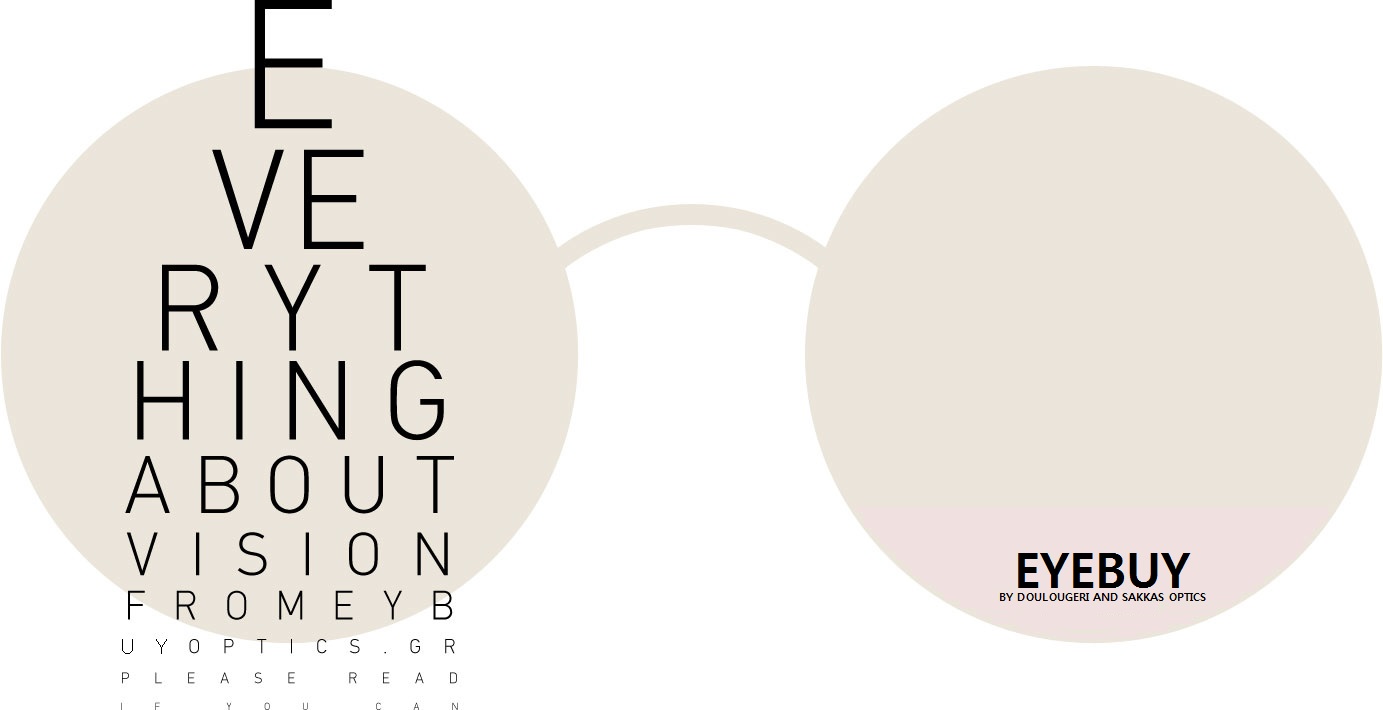MYOPIA
Myopia is a condition of the eye where the light that comes in does not directly focus on the retina but in front of it, causing the image that one sees when looking at a distant object to be out of focus, but in focus when looking at a close object.
When used colloquially, 'myopia' can also refer to a view on or way of thinking about something which is—by extension of the medical definition—hyper-focused and fails to include a larger context beyond the focus. Eye care professionals most commonly correct myopia through the use of corrective lenses, such as glasses or contact lenses
HYPEROPIA
Hyperopia or hypermetropia, is a defect of vision caused by an imperfection in the eye (often when the eyeball is too short or the lens cannot become round enough), causing difficulty focusing on near objects, and in extreme cases causing a sufferer to be unable to focus on objects at any distance. As an object moves toward the eye, the eye must increase its optical power to keep the image in focus on the retina. If the power of the cornea and lens is insufficient, as in hyperopia, the image will appear blurred.The causes of hyperopia are typically genetic and involve an eye that is too short or a cornea that is too flat, so that images focus at a point behind the retina.

